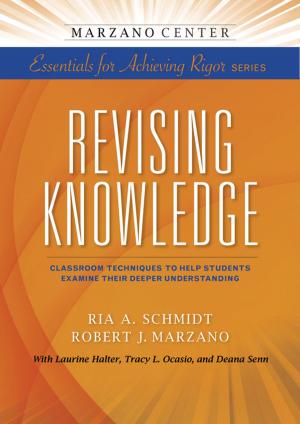20 Strategies for STEM Instruction
Nonfiction, Reference & Language, Education & Teaching, Teaching, Teaching Methods| Author: | William N. Bender | ISBN: | 9781941112885 |
| Publisher: | Learning Sciences International | Publication: | October 7, 2016 |
| Imprint: | Learning Sciences International | Language: | English |
| Author: | William N. Bender |
| ISBN: | 9781941112885 |
| Publisher: | Learning Sciences International |
| Publication: | October 7, 2016 |
| Imprint: | Learning Sciences International |
| Language: | English |
Teachers of all grade levels are moving into STEM (Science, Technology, Engineering, and Mathematics) instruction, but time constraints and heavy workloads can make the transition difficult. In 20 Strategies for STEM Instruction, author William N. Bender, Ph.D., provides customizable, step-by-step guidelines for teaching strategies shown to strengthen STEM instruction. Exploring the latest trends and teaching techniques, Bender highlights research evidence and offers practical advice to help teachers integrate project-based learning with STEM, modify strategies to meet the needs of each learner, use engineering design principals to focus on real-world problems, and emphasize teamwork and collaboration around rigorous math and science content.
Teachers of all grade levels are moving into STEM (Science, Technology, Engineering, and Mathematics) instruction, but time constraints and heavy workloads can make the transition difficult. In 20 Strategies for STEM Instruction, author William N. Bender, Ph.D., provides customizable, step-by-step guidelines for teaching strategies shown to strengthen STEM instruction. Exploring the latest trends and teaching techniques, Bender highlights research evidence and offers practical advice to help teachers integrate project-based learning with STEM, modify strategies to meet the needs of each learner, use engineering design principals to focus on real-world problems, and emphasize teamwork and collaboration around rigorous math and science content.















